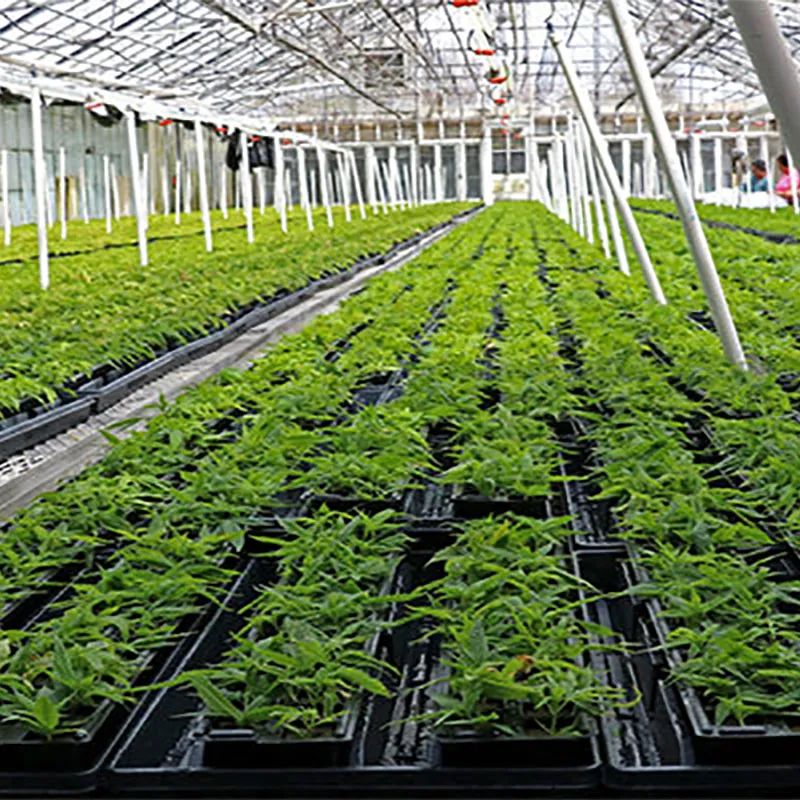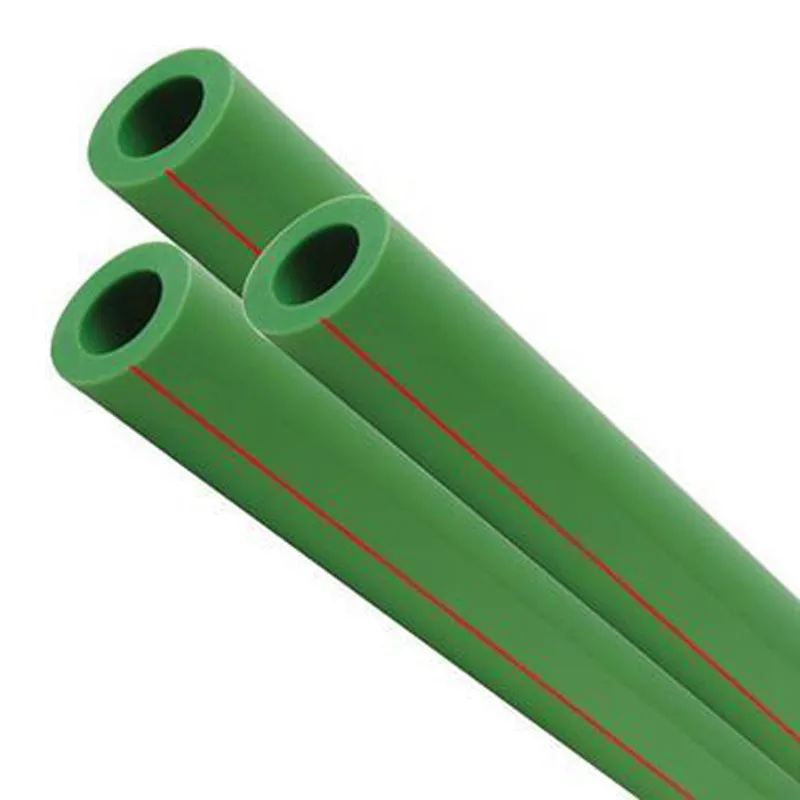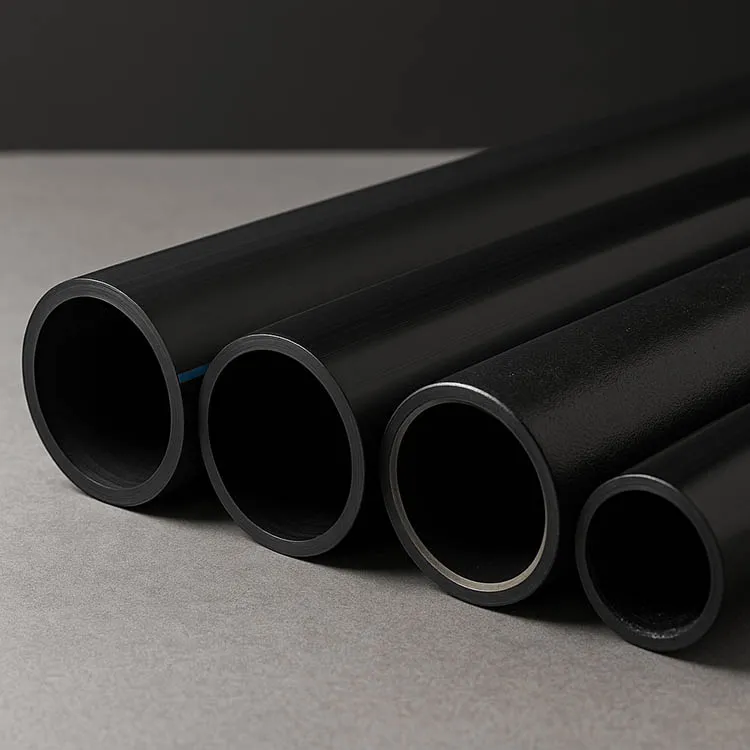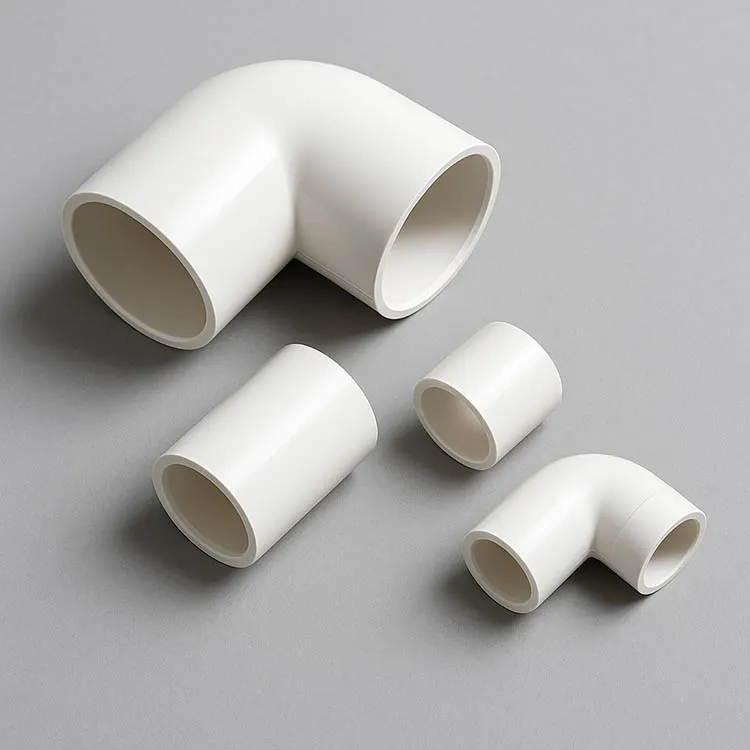Traditional irrigation: the "old ox" of agricultural development
(I) The secret of traditional irrigation methods
Traditional irrigation is an "old trick" in the agricultural field. Methods such as flood irrigation and furrow irrigation have played a major role in irrigation in the past.
Flood irrigation is simple and direct to operate. It introduces water into the field and allows it to flow freely. Large areas of farmland can be covered with water quickly. In some areas with flat terrain and sufficient water resources, this method was once the first choice of farmers.
Furrow irrigation is relatively delicate. People dig ditches in the fields, and water flows along the ditches to the roots of crops. Using the capillary action of the soil, water slowly penetrates into the surrounding area, which not only reduces evaporation, but also accurately replenishes water for crops. It can often be seen in crop planting areas with large row spacing such as corn and cotton.
(II) The "Achilles' heel" of traditional irrigation
However, the disadvantages of traditional irrigation have become more and more prominent over time. Water resource waste is the first to be affected. During flood irrigation, a large amount of water evaporates and leaks, and only a small part of it is actually absorbed and utilized by crops. At a time when water resources are increasingly scarce, this is undoubtedly a huge consumption.
The problem of soil salinization cannot be ignored. Excessive irrigation causes the groundwater level to rise, and salt in the soil accumulates, which reduces the fertility of the land, greatly affects the growth of crops, and serious plots even gradually become barren.
In addition, traditional irrigation is also prone to environmental pollution. Pesticide and fertilizer residues carried by irrigation water flow into rivers and lakes, polluting water bodies, threatening the balance of aquatic ecosystems, and indirectly affecting human health. These problems are like the "Sword of Damocles" hanging over the head of traditional irrigation, prompting agricultural irrigation to innovate and move towards digitalization and intelligence.
Digital irrigation: the "pioneer" of smart agriculture
(I) The "superpowers" of digital irrigation
Compared with traditional irrigation, digital irrigation is like a master with unique skills, possessing many amazing "superpowers".
Intelligent perception is its first skill. Through various intelligent sensors deployed in the field, like sensitive tentacles, it monitors key information such as soil moisture, temperature, nutrient content, and meteorological conditions in real time and accurately, and knows the "health status" of farmland, providing solid data support for subsequent precision irrigation.
Precision control is even more unique. Based on the data collected by the sensor, the control system is like a rigorous commander, accurately calculating the amount of irrigation water and fertilizer required for each field and each crop, accurate to every drop of water and every grain of fertilizer, eliminating waste and keeping crops in the best growth environment at all times.
In terms of water and energy saving, the advantages of digital irrigation are fully demonstrated. It abandons the extensive mode of traditional irrigation, supplies water on demand, avoids unnecessary evaporation and leakage of water resources, and has a significant water-saving effect. After adopting digital irrigation in some areas, water consumption has dropped by more than 50% compared with traditional methods, greatly alleviating the shortage of water resources, while also reducing energy consumption and achieving green irrigation.
Remote control allows farmers to enjoy convenience. With the help of technologies such as the Internet of Things and mobile phone APP, farmers can control the switch of the irrigation system, water volume adjustment and other operations anytime and anywhere with just a flick of their fingers, even if they are thousands of miles away, and easily realize "people sitting in the house, fields are irrigated from fingertips", which greatly saves labor costs and improves management efficiency.
(II) "Magic Equipment" of Digital Irrigation
These extraordinary skills are inseparable from a series of advanced "magic equipment".
As "scouts", smart sensors are of various types and each has its own duties. Soil moisture sensors can accurately detect the water content in the soil with minimal error, ensuring that the crop roots are not short of water or waterlogged; meteorological sensors always pay attention to changes in temperature, precipitation, light, etc., predict the impact of weather on irrigation in advance, and provide a basis for adjusting irrigation strategies.
The automatic irrigation system can be called the "main force", including intelligent controllers, variable frequency water pumps, solenoid valves, sprinklers and other components. The intelligent controller receives sensor signals and quickly issues instructions; the variable frequency water pump adjusts the water flow pressure and flow rate as needed, which is energy-saving and efficient; the solenoid valve accurately controls the on and off of the water flow; the sprinkler sprays water evenly and gently to the crops. There are various types such as drip irrigation sprinklers and micro-spray sprinklers to meet the needs of different crops. For example, drip irrigation is commonly used in vegetable greenhouses, and micro-spraying is mostly used in orchards to ensure that each crop can get just the right amount of moisture.
As the "smart brain", the Internet of Things platform aggregates and analyzes sensor data, displays it to farmers through a visual interface, and can also give irrigation suggestions based on preset models to achieve intelligent decision-making. At the same time, it breaks the limitations of time and space, allowing farmers to remotely manage farmland irrigation at home, at the market, or working outside, as long as there is a network, truly achieving "strategy in the tent, victory thousands of miles away". These "magic equipment" work together to make digital irrigation shine on the stage of modern agriculture and inject tremendous power into the sustainable development of agriculture.
"New and old showdown": the competition between digital and traditional irrigation
(I) Efficiency competition
From the perspective of irrigation efficiency, the difference between the two is obvious. Traditional irrigation methods, such as flooding, water flows freely in the fields. Not only is the irrigation speed slow, but it is also difficult to ensure uniformity. Some places are flooded, while others are not fully irrigated. Crops "drink" water unevenly, and their growth is naturally uneven.
Taking 100 acres of farmland as an example, it may take several days to complete a round of irrigation using flooding, and manual inspections and re-irrigation are required afterwards.
In contrast, digital irrigation is as fast as "Flash". Based on accurate soil moisture data, the intelligent system quickly allocates water sources, operates in multiple areas at the same time, and the sprinklers and drip irrigation pipes work in an orderly manner to ensure that every inch of land can be irrigated in a timely and even manner. The same 100 acres of farmland can be properly handled in a few hours using digital irrigation, and the efficiency is increased by several times or even dozens of times, which greatly saves precious farming time and allows crops to grow faster.
(II) Challenge of water utilization efficiency
In the competition of water utilization efficiency, traditional irrigation is completely defeated. During flood irrigation, a large amount of water evaporates and dissipates under the sunlight, or seeps into the deep soil and "passes by" the root system of crops. The actual absorption and utilization of crops may be less than half, and the waste of water resources is shocking.
Digital irrigation is like a water-saving master. It monitors soil moisture in real time through intelligent sensors, accurately calculates the water demand of crops, and supplies water on demand without wasting a drop. Drip irrigation, micro-spraying and other technologies deliver water directly to the roots of crops, and the water slowly diffuses in the soil, with minimal evaporation and leakage losses. The water utilization rate can reach more than 90%. At a time when water resources are becoming increasingly precious, this is undoubtedly a boon for the sustainable development of agriculture.
(III) Cost-effectiveness
In terms of cost-effectiveness, at first glance, the cost of equipment procurement, installation, and commissioning in the early stage of digital irrigation is relatively high. A medium-sized digital irrigation system, including sensors, controllers, smart valves and other equipment, plus the laying of pipes, may require an investment of tens of thousands or even hundreds of thousands of yuan, which makes many farmers discouraged.
Traditional irrigation has simple equipment, a well, a few water pumps, and a few ditches, with low costs and starting from a few thousand yuan. But in the long run, the results are very different. Digital irrigation saves water and electricity. In the long run, water and electricity bills are sharply reduced; precise fertilization reduces fertilizer waste, saving another sum; labor costs are greatly reduced. One person can manage large tracts of farmland through a mobile phone, saying goodbye to the hard work of the whole family in traditional irrigation. Moreover, digital irrigation ensures the good growth of crops, improves both yield and quality, and brings considerable benefits in terms of increased income. According to statistics, the rate of high-quality fruits in orchards using digital irrigation can be increased by 20% - 30%, and the price per kilogram is also higher. The comprehensive benefits far exceed traditional irrigation, and the initial investment can be recovered within one or two years, and the subsequent profits are all profitable. It is a real "one-time investment, long-term return".
"Future blueprint" of digital irrigation
Looking to the future, the prospects of digital irrigation are bright, and it will outline a more colorful picture for agricultural development.
With the continuous upgrading of technology, crop digital twin models are expected to be widely used. Through digital simulation of the entire process of crop growth, from seed germination to fruit bearing, the water and fertilizer requirements of each stage will be accurately grasped. At that time, the irrigation system can irrigate at the most appropriate time and with the most appropriate amount of water according to the "optimal solution" given by the model, so that every drop of water can play the maximum value, and further improve the accuracy and intelligence level of agricultural production.
The road to the popularization of digital irrigation will also become wider and wider. On the one hand, the cost of equipment will gradually decrease with large-scale production and technological optimization, allowing more farmers, especially small and medium-sized farmers, to easily afford it; on the other hand, the operation is becoming more and more simple. Even farmers with low cultural level can skillfully use digital irrigation systems after simple training, so that intelligent irrigation can enter the fields and become the "standard" of agricultural production.
Cross-domain integration and innovation will inject surging power into digital irrigation. Combined with drones and satellite remote sensing technology, it can realize all-round and all-weather monitoring of large areas of farmland, quickly obtain crop growth information, and adjust irrigation strategies in time; with the help of artificial intelligence and big data analysis, it can dig out the "wealth code" behind massive agricultural data and provide a more scientific and intelligent basis for irrigation decision-making. These integrations will not only make digital irrigation more powerful, but also promote agriculture to stride forward in the direction of modernization and intelligence, help rural revitalization, make agriculture a promising industry, and let farmers live a better life.
Embrace digitalization and open a new chapter in irrigation
The comparison between digital irrigation and traditional irrigation is obvious. With its many advantages such as precision, efficiency, water saving and intelligence, it has injected strong impetus into the development of modern agriculture and become a key tool to solve the agricultural water dilemma and improve agricultural production efficiency.
At present, the promotion and application of digital irrigation still faces some challenges, such as equipment cost, technology popularization, and farmers' concept change, but with the advancement of science and technology and policy support, these problems will be gradually resolved.
Actively embrace new digital irrigation technologies, add the wings of wisdom to farmland irrigation, help agriculture move towards a green and sustainable development road, let every inch of land glow with vitality, let farmers' hard work reap more fruitful fruits, and lay a solid foundation for rural revitalization and food security!




939.webp)


294.webp)
476.webp)
420.webp)
146.webp)
460.webp)
287.webp)
274.webp)
688.webp)


